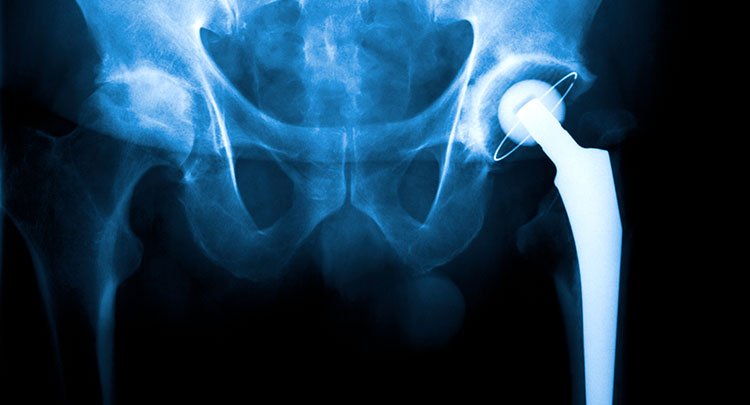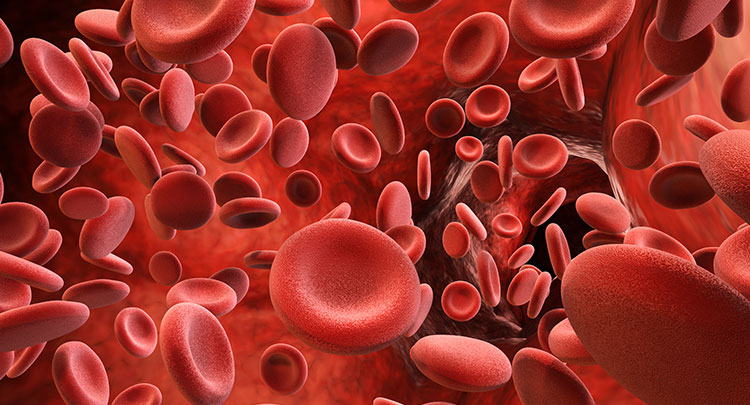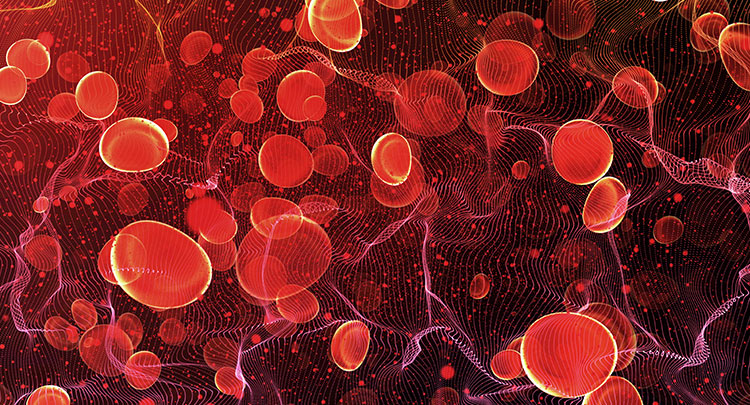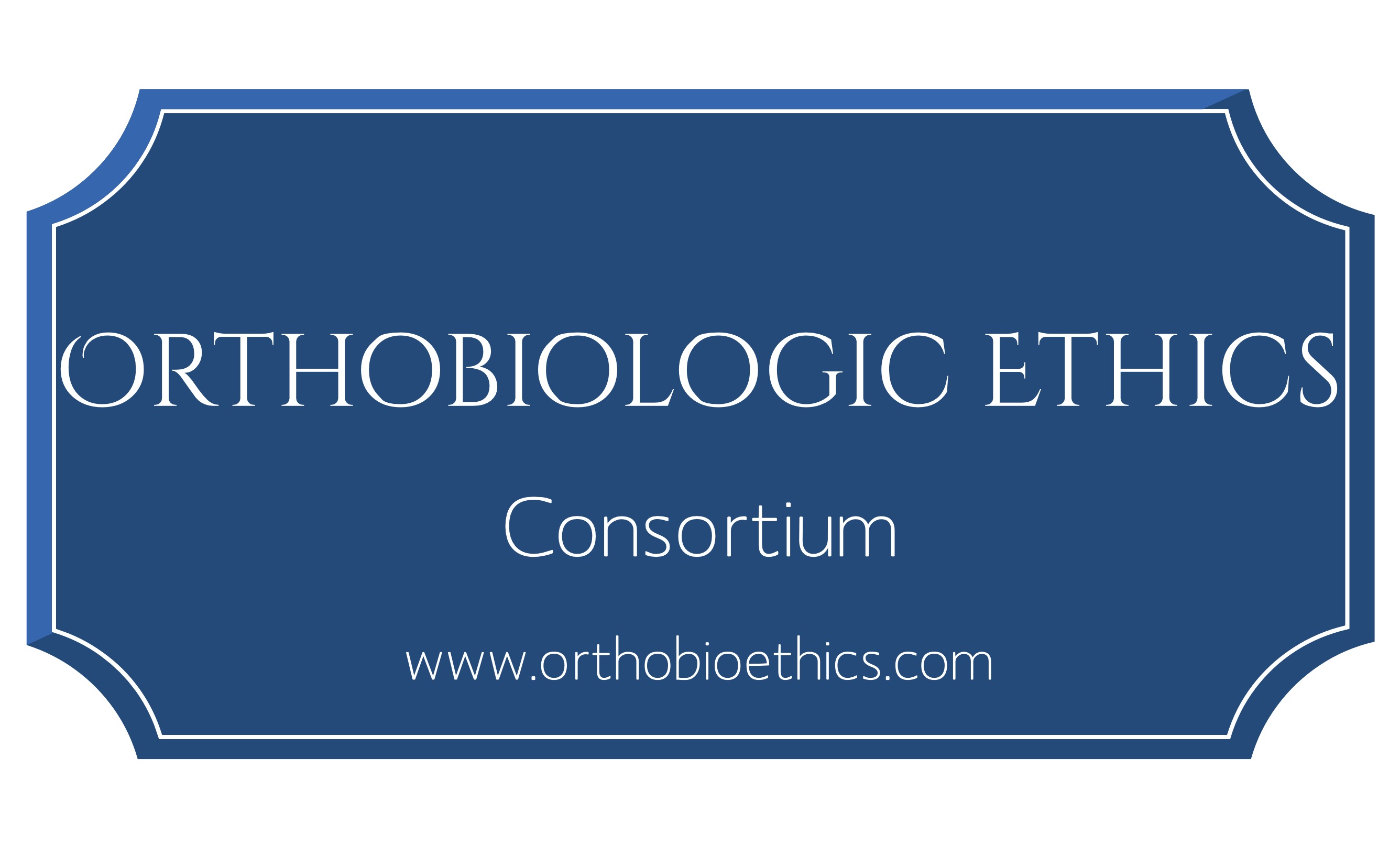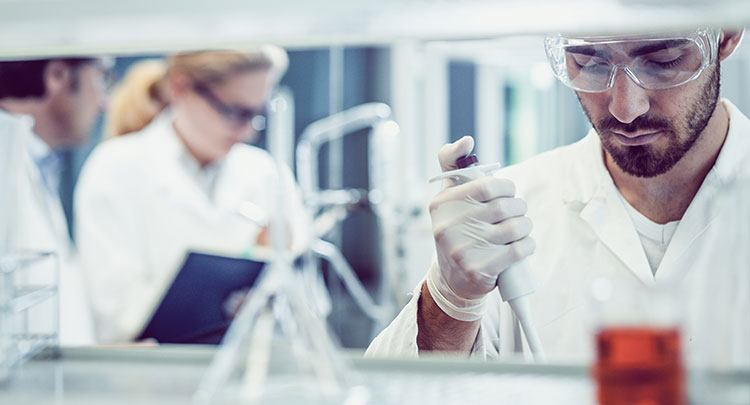
Regenerative therapies are changing the ways of orthopedic medicine, and platelet rich plasma and mesenchyme stem cell therapy are two of the most popular and promising options. Both of these treatments are minimally invasive, making them great options for a variety of different types of injuries.
These therapies are both highly effective in regenerating damaged tissue and improving post-healing functionality. Because of their similarities, PRP and stem cell therapies are often confused with one another, but their means of preparation and specific methods of restoration vary significantly.
Platelet Rich Plasma Therapy
Treatment with platelet rich plasma focuses on flooding injured sites with growth factors, proteins, and other components that aid in clotting, creating new tissue to replace damaged tissue, preventing scar tissue formation, and increasing blood flow and vascularity.
The body naturally sends growth factors to injury sites because they are critical for initiating the healing process. PRP therapy takes this to another level by injecting concentrated growth factors directly into the healing tissue. This is especially useful right after an injury or after a surgical procedure.
PRP therapy is often used to help with injuries that heal slowly, especially due to a lack of blood flow. This is why it is often used for cartilage injuries, either due to tears or compression, and tendon and ligament strains and tears. Many sports injuries involve these types of tissues, and PRP is a treatment option growing in popularity for individuals with damage from these activities.
PRP is also a popular treatment option for osteoarthritis. This condition affects a large number of individuals, and it can cause joint pain, stiffness, and tenderness. One study looked at the effectiveness of PRP for treating this condition. They recorded data on 160 individuals, finding that PRP treatment significantly decreased total pain levels, reduced stiffness, and improved physical function.
How is PRP Obtained?
The process of generating PRP is actually quite simple and is minimally invasive. The process begins by obtaining a vial of blood from the individual. This sample is then centrifuged to separate the red blood cells from the plasma.
The plasma component of blood is made up of white blood cells and platelets. After the plasma is separated, it is centrifuged once again to isolate the plasma-rich portion, which can be used in regenerative therapies. It can then be injected directly into the affected area.
Because of the simple nature of this process, PRP treatments only take under an hour from start to finish. This time includes both the preparation of the injection and the injection itself.
Mesenchyme Stem Cell Therapy
Stem cell therapy is based on the fact that mesenchymal stem cells can differentiate into various other cells. These cells include osteocytes, which can create new bone cells, and chondrocytes, which produce new cartilage tissue. They can also create new connective tissue, helping to heal tendon and ligament damage.
Because of the ability of stem cells to change into other types of cells, they are often used to treat injuries that cause cartilage destruction in various joints. This regularly occurs in sports injuries, and the joints that are injured most often are the knees, shoulders, elbows, and spine.
The severity of cartilage damage can vary significantly, ranging from a soft spot to a complete tear. These injuries are usually repaired with arthroscopic surgery. Stem cells provide an alternative treatment, helping to restore cartilage thickness and increasing joint mobility and function. Many studies have showed the ability of stem cells to regenerate cartilage for meniscus tears, spinal disc degeneration, and osteoarthritis.
How are Mesenchyme Stem Cells Obtained?
Procuring the cells for use in stem cell therapy is a slightly different process than to obtain PRP. Stem cells are created by the body in the bone marrow. Because of this, these cells must be extracted directly from the bone marrow. In adults, the majority of the body’s bone marrow is found in the breastbone, hips, and shoulders.
The extraction process generally takes place on the back of the hip bone (iliac crest). The area where the needle will be inserted is numbed, and then a needle is inserted into the top of the hip bone. The needed amount of liquid bone marrow is then extracted. The entire process causes only minimal pain and does not take much time.
Then, similarly to PRP, the liquid marrow is centrifuged, allowing the mesenchymal stem cells to be separated. These cells are then injected into the area requiring treatment using ultrasound guidance.
Which Treatment Option is Better?
Both PRP and stem cells are great regenerative therapy options. Each of these treatment methods has the ability to speed up and improve the healing process, leaving the body healthier, stronger, and more functional compared to the natural healing process. Depending on the injury, one option may be more effective than another. The best way to determine the right treatment is to have a thorough exam and discussion with your physician.
https://www.ncbi.nlm.nih.gov/pmc/articles/PMC4338460/
http://www.aaomed.org/PRP-Injections
http://journals.sagepub.com/doi/abs/10.4137/CMAMD.S17894
https://www.webmd.com/a-to-z-guides/bone-marrow-aspiration-biopsy#1-4
https://www.ncbi.nlm.nih.gov/pmc/articles/PMC4289291/